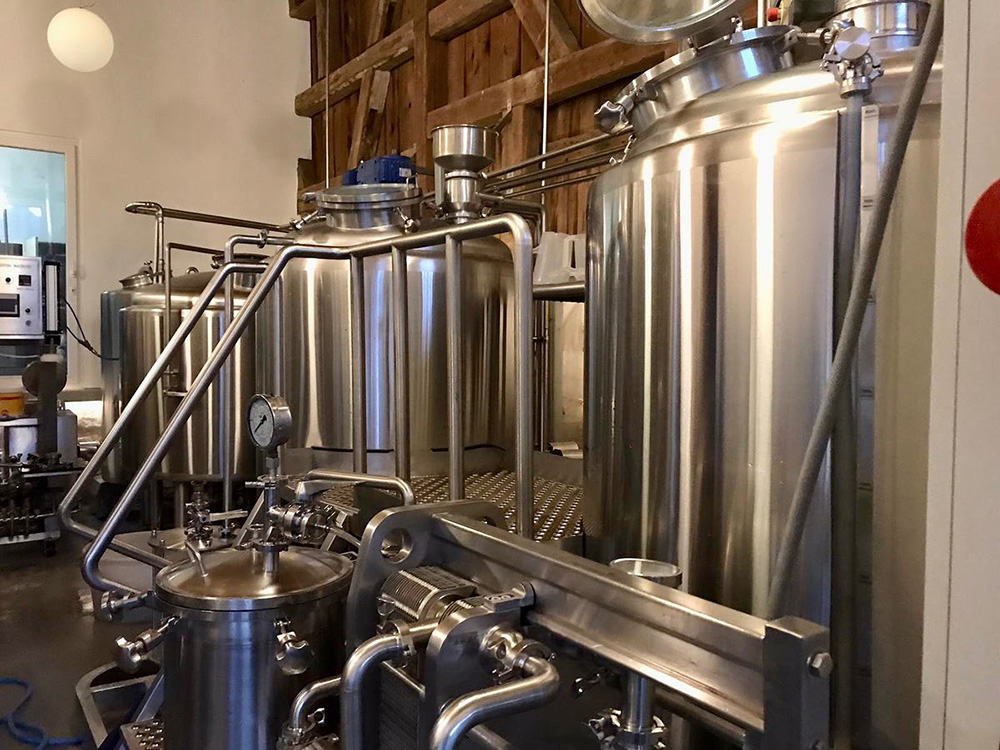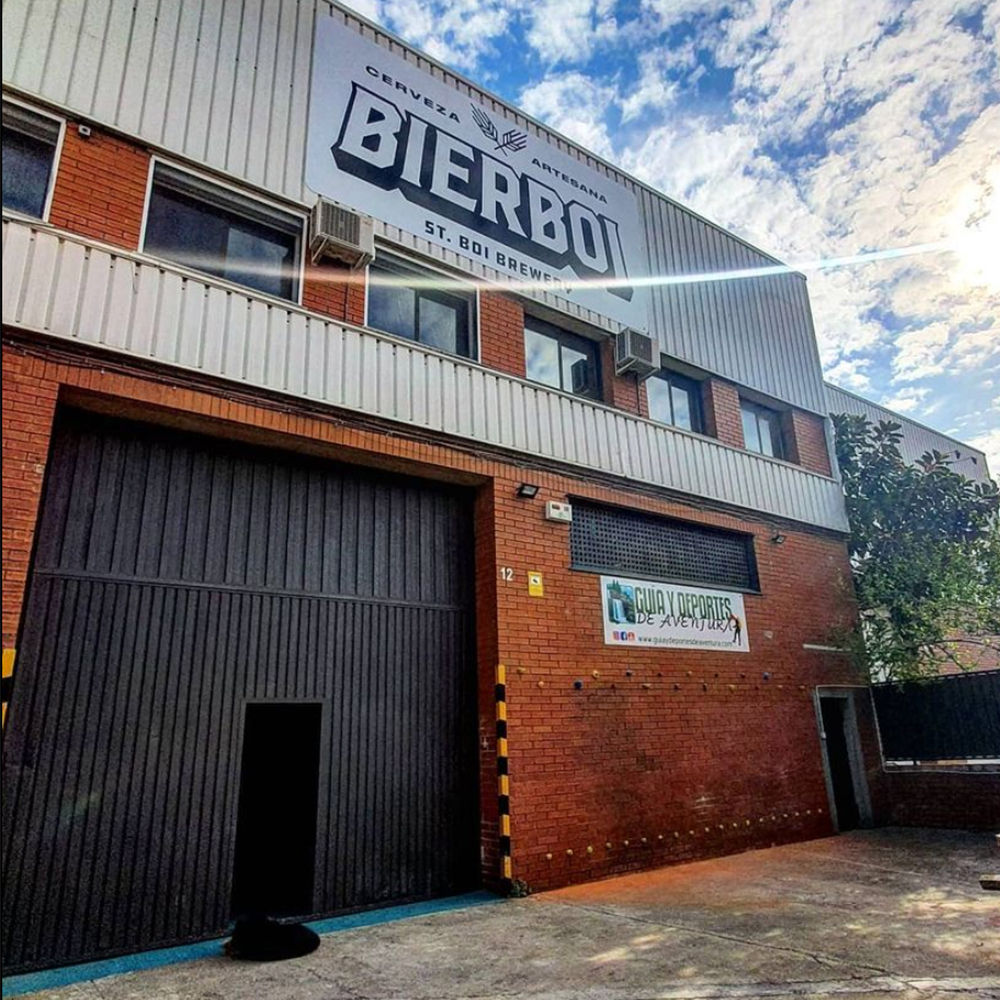.jpg)
A fermenter is a container used to carry out the fermentation process. Fermentation is a metabolic process in which microorganisms, such as bacteria or yeast, convert organic compounds into simpler substances, often producing the desired end product. Beer fermentation is the process by which yeast converts glucose in the wort into ethanol and carbon dioxide gas (CO2), giving the beer its alcoholic content and carbonation. The fermentation process begins when the cooled wort is transferred to the fermentation vessel and yeast is added.
The conical fermentation tank is a new type of fermentation tank that is increasingly favored by brewery manufacturers. They are designed for a more efficient and controlled fermentation process and can be used in both primary and secondary fermentations. Conical fermenters are usually made of stainless steel, which makes them durable and easy to clean. However, they can be more expensive than other types of fermenters, and due to their size and shape, they require more space than other fermenters.
How does a beer fermentation machine work?
Beer fermentation tank is a container used for beer fermentation and aging. It works by creating a controlled environment where yeast can convert the sugar in the beer into alcohol and carbon dioxide. To achieve this, beer fermenters must remain airtight and prevent external contaminants from entering the container. Airlocks are often used to release carbon dioxide while preventing air from entering.
During fermentation, yeast consumes the sugar in the beer and produces alcohol and carbon dioxide as by-products. The temperature and time required for fermentation depend on the style of beer and the yeast used. Beer fermenters must be kept at the proper temperature for the yeast to do its job.
After fermentation is complete, the beer is aged in fermenters for several days or weeks. This allows the flavors to develop and the beer to become more complex. Once the beer has aged to the desired level, it is ready for bottling or kegging.
Temperature control is a very important part of the fermentation process and can produce some of the most dramatic changes in the fermentation process. Each yeast strain has its own temperature range in which it functions best. Different temperatures within this range will affect the fermentation capabilities of different yeasts. Generally speaking, the lower the temperature, the slower the yeast will act, and the higher the temperature, the faster it will act.
Still have a problem on choosing the brewery equipment? We can help with your final decision. If you are looking for a turnkey solution for craft beer brewing system, please contact us. We are looking forward to working with you. Send an email now: [email protected]










Get A Quote